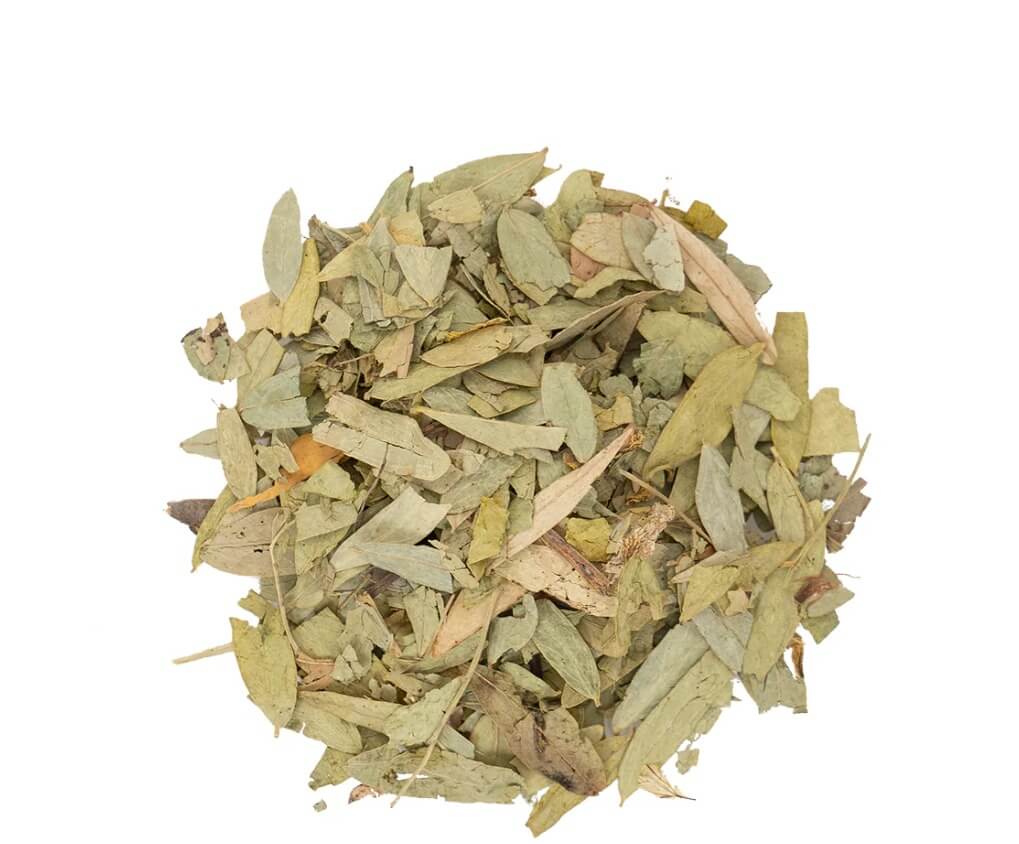Senna
Senna refers to several species of trees or shrubs, typically with yellow flowers, belonging to the genera Cassia and Senna in the pea family (Fabaceae). These plants are predominantly found in subtropical and tropical regions and are known for their various medicinal uses. Some species are particularly rich in tannins, yielding tanbark that is utilized […]
Read MoreAbout Senna:
Senna refers to several species of trees or shrubs, typically with yellow flowers, belonging to the genera Cassia and Senna in the pea family (Fabaceae). These plants are predominantly found in subtropical and tropical regions and are known for their various medicinal uses. Some species are particularly rich in tannins, yielding tanbark that is utilized in the preparation of leather. Additionally, certain varieties of senna are cultivated for their ornamental value due to their striking and showy flowers.
One notable example is Alexandrian senna (Senna alexandrina), originating from Egypt, Sudan, and Nigeria. This species, along with Cassia sieberana, is grown in India for its cathartic properties, which are often utilized for medicinal purposes. Another species, Tanner’s senna or avaram (S. auriculata), a tall shrub, serves as a significant native source of tanbark in southern India. The multifaceted uses of senna, ranging from medicine to tanbark production, highlight its economic and botanical importance.

